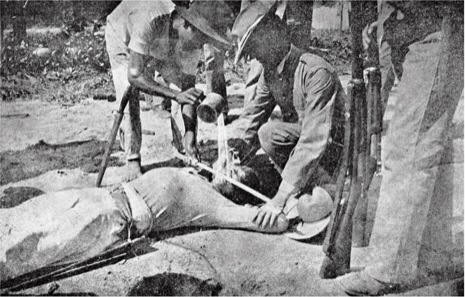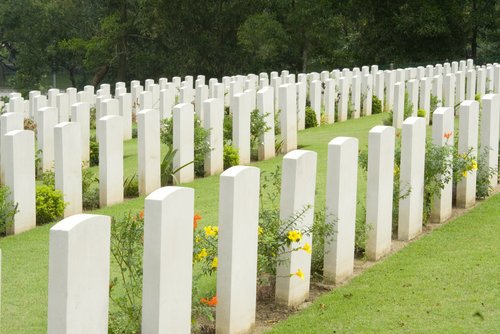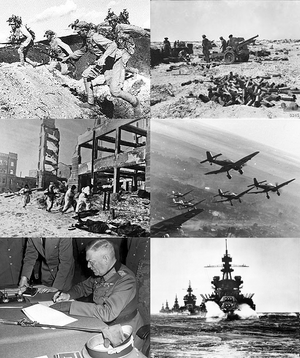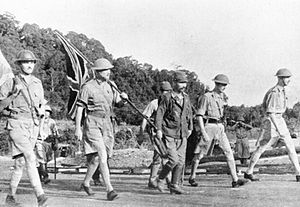1.The Malacca Strait is a confined and crucial commercial sea lanes of vital importance to all.
2. Capturing Singapore was a crushing blow to British prestige in Asia and showed that Asian could defeat their European "masters". Thus it had the potential to spark revolutionary movements across Asia which the Japanese could harness, as they did with the "Indian National Army".
3. The port facilities at Singapore would, and did, enable the Japanese to launch attacks against Ceylon. This threatened supplies to India and also threatened a Japanese naval flanking move against the Arakan and Burma.
4. Singapore was a key part of the Japanese "outer defence chain" for the Asian Greater Co-prosperity Sphere.
5. Capturing Singapore denied the Allies its port facilities, its repair capacity and using it as a base to attack the Japanese in the western Pacific. It effectively pushed the Brtish entirely out of the Pacific, to Trincomalee in Ceylon. Port facilities and capacity in Darwin was limited and nothing near Singapore -- the next naval base in Australia was virtually Brisbane.
6. By clearing Commonwealth forces out of Malaya, Singapore and the Dutch East Indies, to Japanese could focus on reinforcing its two critical battle zones in the SW Pacific -- Kokoda and Guadalcanal.
7. Capturing Singapore would be a huge morale boost to the Japanese people and its armed forces.
-http://sg.answers.yahoo.com/question/index?gid=20122125122856AAHtdkE
















